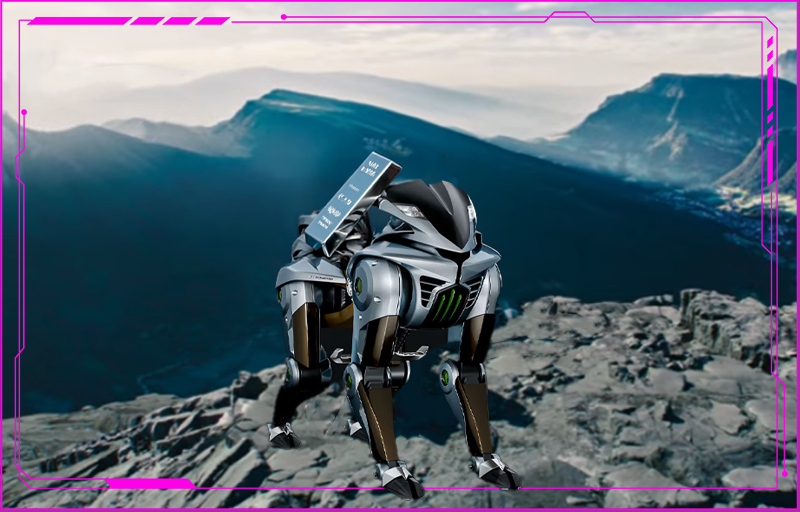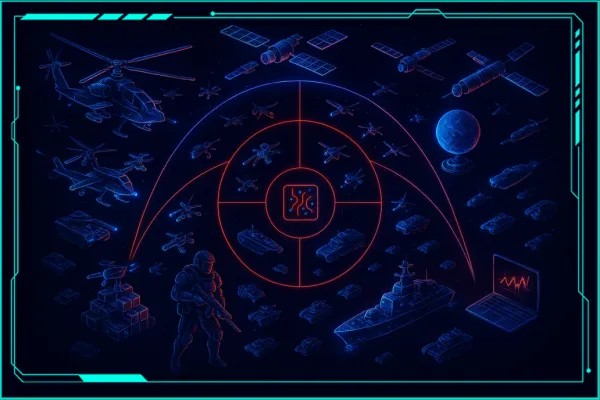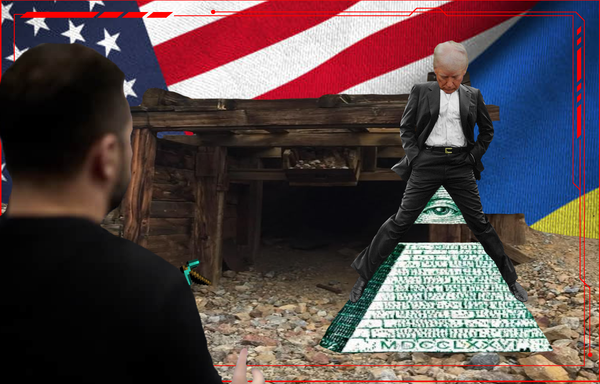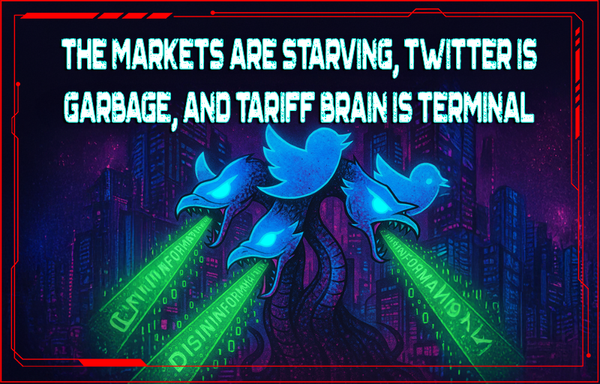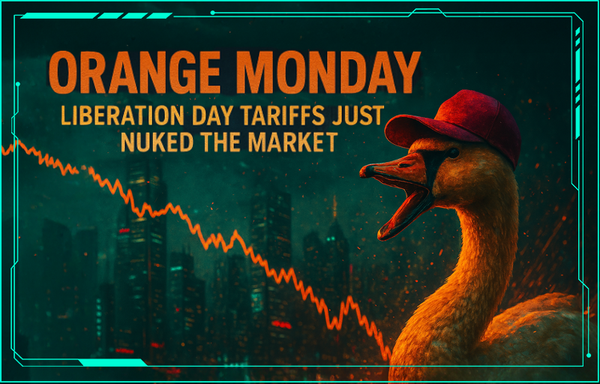So, let’s talk about Japan’s latest flex in the robotics arms race. Kawasaki just unveiled a hydrogen-powered, AI-equipped, four-legged robotic dog you can ride like a horse. It’s called Corleo, and no, this is not a concept from Cyberpunk 2077. It’s real. It exists. And it jumps over obstacles.
In a world melting under the weight of electric vehicle subsidies, lithium shortages, and humanoid android promises from Silicon Valley, Japan just said, "What if we made a robot dog that runs on hydrogen and has the face of an alien samurai mask—and you can ride it like a mount in a JRPG?"

Corleo: The Hydrogen Horse Nobody Saw Coming
Built by Kawasaki Heavy Industries (yes, the motorcycle people), Corleo is a four-legged quadruped robot designed for personal transport. It uses hydrogen as its energy source and leverages AI to adapt to its rider’s weight, manage terrain, and optimize speed.
We’re not talking some rickety proof of concept, either. Corleo can jump over obstacles, uses real-time sensor input to stabilize itself, and has the potential to be scaled into a consumer product within the next couple of decades.
Key Features of Corleo Robot
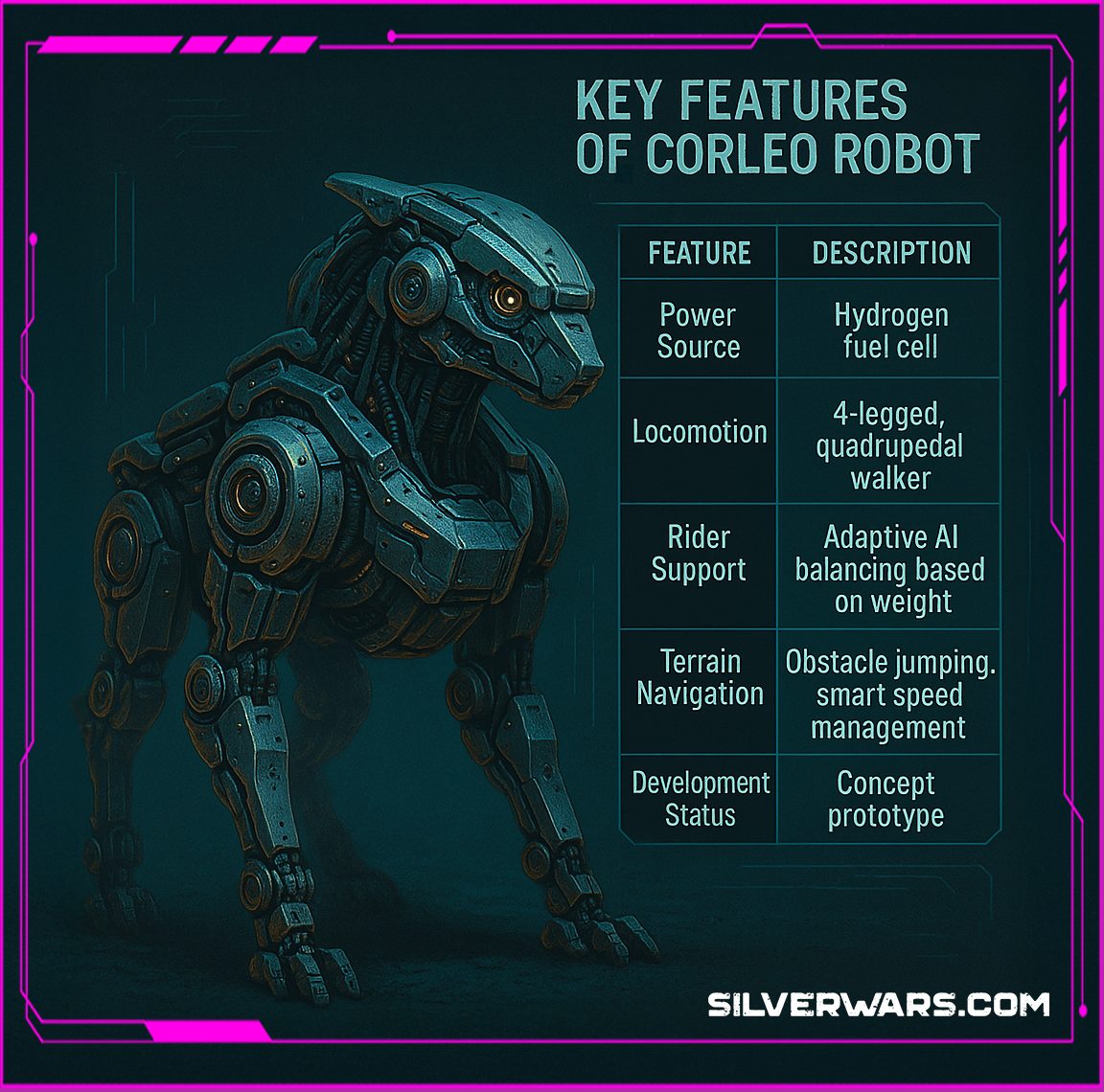
Why Hydrogen? Why Now?
Because lithium is cringe. Okay, not really, but here's the thing: hydrogen is emerging as a critical resource, much like silver, and just as the scarcity of silver is driving the search for alternatives, hydrogen's unique properties make it indispensable. Hydrogen-powered robotics sidestep a huge chunk of the supply chain problems that are strangling battery-based platforms. The access to Silver is showing its strain on the whole globe. Hydrogen has energy density advantages and enables longer runtimes with faster refueling compared to batteries—especially in robotics, where compact high-output systems matter.
Is hydrogen better than Silver? No, but the world needs to address the Silver deficit in a "all out war for alternative resources."
The AI Boom Is a Metal Drain
Look, Japan’s not the only player. Unitree’s making robots that do kung fu. Tesla’s Optimus is trying to figure out how to fold your laundry. Great Wall Motor is pairing robot dogs with off-road vehicles for logistics.
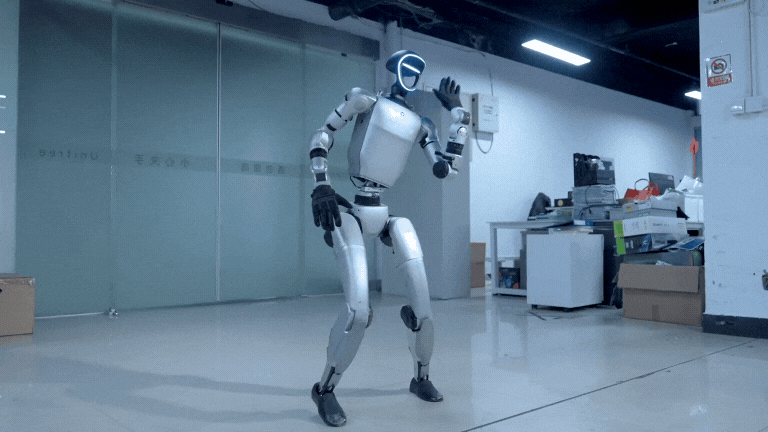
All of them need silver.

AI x Robotics Momentum (2024–2025)


East vs West: The Robotic Arms Race
What makes Corleo interesting isn’t just the tech. It’s where it’s coming from. While the U.S. is focused on humanoid bots and warehouse automation, Japan (and now China) are pushing into quadrupeds, hybrid mobility, and hydrogen fuel robotics. That difference matters.
Japan’s approach is rooted in efficient design, long-term tech strategy, and pushing the boundaries of personal robotics—not just enterprise solutions.
Meanwhile, over in China, Unitree just made a robot that can do side flips and Taichi. It uses Nvidia simulation, full-body sensor suites, and is basically auditioning to be in the next Matrix reboot.
China's War Robots Doing Drills in the Field.
Corleo doesn’t need to compete directly. But it does need to land in a world that increasingly sees robots as extensions of infrastructure—not toys. If it does? Kawasaki might have just made the first cyberpunk horse for the climate apocalypse.

Robot Horses Are Cool — Until the Metal Runs Out
Corleo is a glimpse of what could be: AI-enhanced, hydrogen-powered, off-grid personal transport. It’s the dream vehicle of the climate apocalypse. But it’s also a red flag. Every wire in that bot is another drain on an already scarce metal.
We need to stop pretending tech is magic. It’s engineering. It’s supply chains. It’s mineral extraction. And right now, it’s a race we’re losing.
So next time a robot dog jumps a curb and bows politely, remember: it’s doing that on a shrinking bed of silver. And if we don’t get real about resource limits, all this futuristic flair might end up being a very expensive dead-end cosplay.



